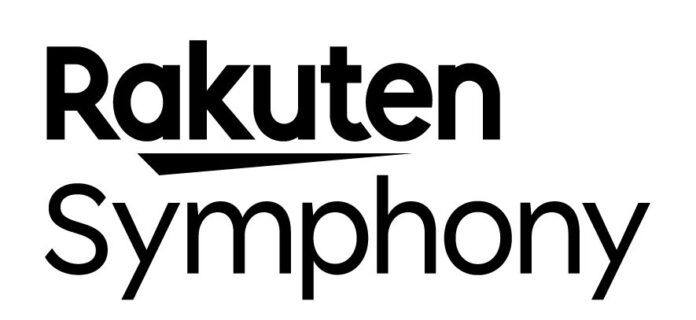Having an outsider’s mindset helps, says Rakuten
Anything as a Service (XaaS) – on-demand services running in the cloud – will represent a $400 billion market opportunity for Communication Service Providers (CSPs) by 2025, according to a recent report by Bain & Company. The report predicts that by then, half of telecom’s revenue growth in enterprise and business-to-business sales will come from XaaS models – assuming they can differentiate themselves from hyperscalers.
Bain contends that the early leaders in the telco market who are finding success with the “as a Service” model have gone cloud-native. They’re adopting the agile operational characteristics of cloud service providers, and they’re open to exploring partnerships and acquisitions to build that expertise.
XaaS has already proven to be a disruptive influence in the public cloud services market. Studies show Anything as a Service is a key growth driver of public cloud spend now and in the future. Finding success in the XaaS market starts with a disruptive mindset, contends Azita Arvani, general manager of Rakuten Symphony Americas.
Rakuten describes Symphony as telecom reimagined for the hyperscale era. Rakuten’s core competency is as a cloud company, not as a telecom, Arvani readily admits: and that’s precisely why they were able to disrupt the market. Arvani, who recently took part in RCR Wireless News’ 5G Monetization Forum, said Rakuten is the first and still the only end-to-end cloud-based telco in Japan, and the only one to have deployed Open RAN at scale.
Rakuten has brought Disruption as a Service to the telco market by reimaging the network itself as a service. As part of their larger-reaching mobile strategy, the next step is to scale it globally.
Disruption is easier from the outside
“The first principle for us is about the mindset. We need to continually disrupt ourselves, we need to disrupt the industry, the technology we’re working on, we can’t get comfortable with just one big innovation and try to get the last drop of value out of that,” Arvani said.
Disruptive transformation in telecom for Rakuten centers on what Arvania describes as four strategic innovation pillars: Disaggregated Radio Access Network (RAN), unified cloud, massive automation, and platform organization.
Disaggregating the RAN and aligning the cloud infrastructure requires a shift in operational mentality from purpose-built software and hardware to virtualized software running on commodity IT hardware.
“That brings the cost down and brings a lot more flexibility and elasticity to the system,” she explained.
An efficiently designed and unified cloud service is essential to coordinate all network elements, said Arvani.
“It enables better resiliency, higher availability, it provides higher elasticity,” she said. “You can do one-click deploys, upgrades, one-click scales and backups.”
This instantaneity is the key.
“It allows you to continuously upgrade the products that you have at the cloud’s speed, not the traditional slow model of development,” she said.
Automate
Disruption as a Service requires nimble operations. Network automation can essentially be thought of as cloud infrastructure’s atomic-level activity. Network automation is the process that governs the operation of the cloud from its data center core out to the very farthest edge. It’s what enables the cloud to work at scale.
“Massive automation is big for us as well,” said Arvani. “It’s made our operations staff 20X more productive, and we aspire to be a Level 4 Autonomous Network.”
That’s one step below the TM Forum’s fully autonomous ideal, where “the system enables, in a more complicate cross-domain environment, analyze and make decision based on predictive or active closed-loop management of service and customer experience-driven networks.”
That disruption extends to looking to create market opportunities amidst the disruption. Arvani points to Symware, Rakuten’s RAN as a service offering.
“Now we’re disrupting an area we never thought could be a service – RAN and a Service,” she said.
For another example, Arvani notes that Rakuten’s Symworld brings app store-level ease of use and deployment to telco network management.
“Innovation culture is really the engine powering that Disruption as a Service,” said Arvani.
For more information on Anything as a Service, download this free report.

